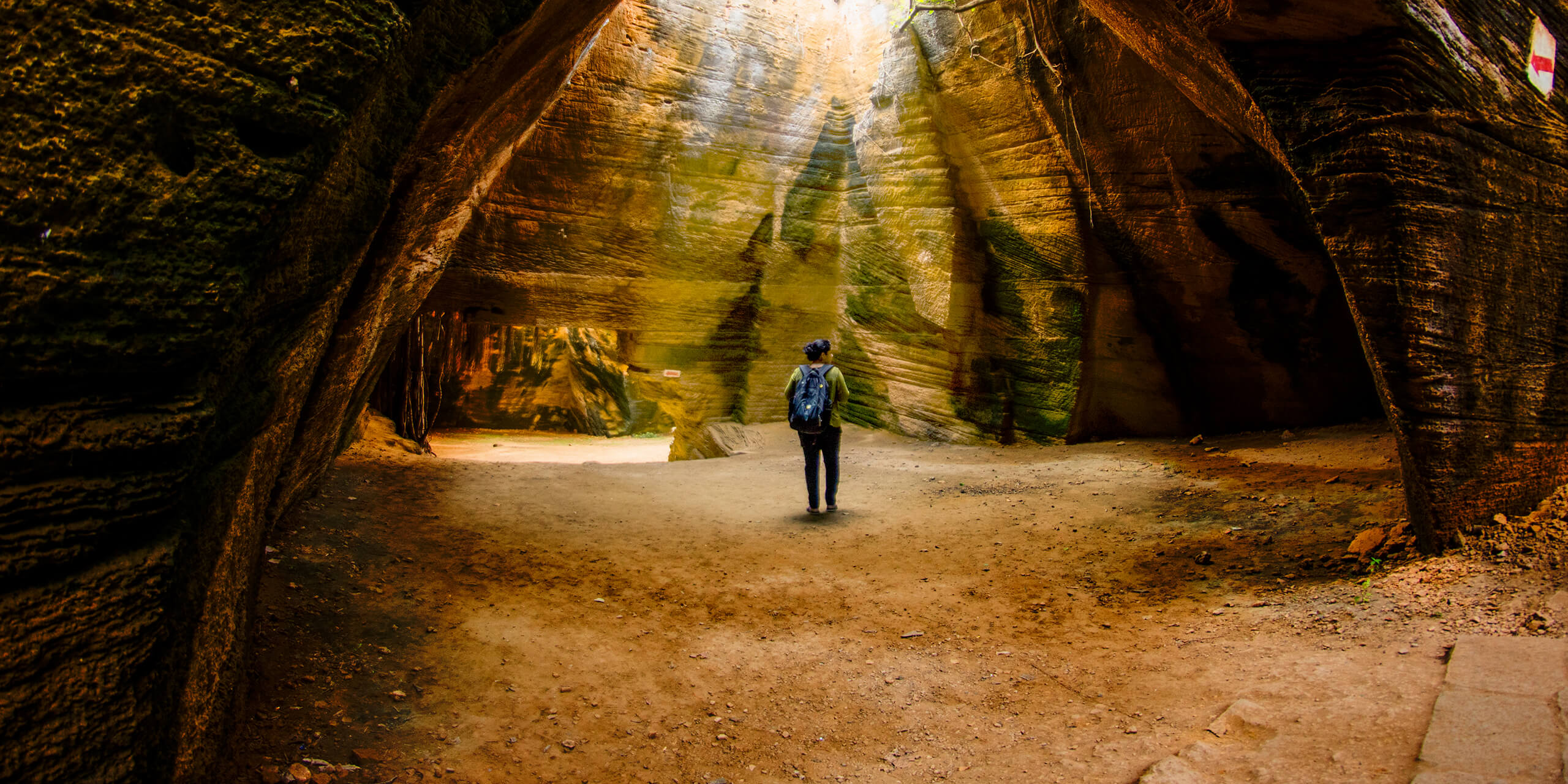Asia-Pacific
Boasting a culture and history unlike anywhere in the world, a visit to the Asia-Pacific region uniquely pairs the past and present. Visit a Japanese temple, a Chinese downtown, or the beaches of Australia.
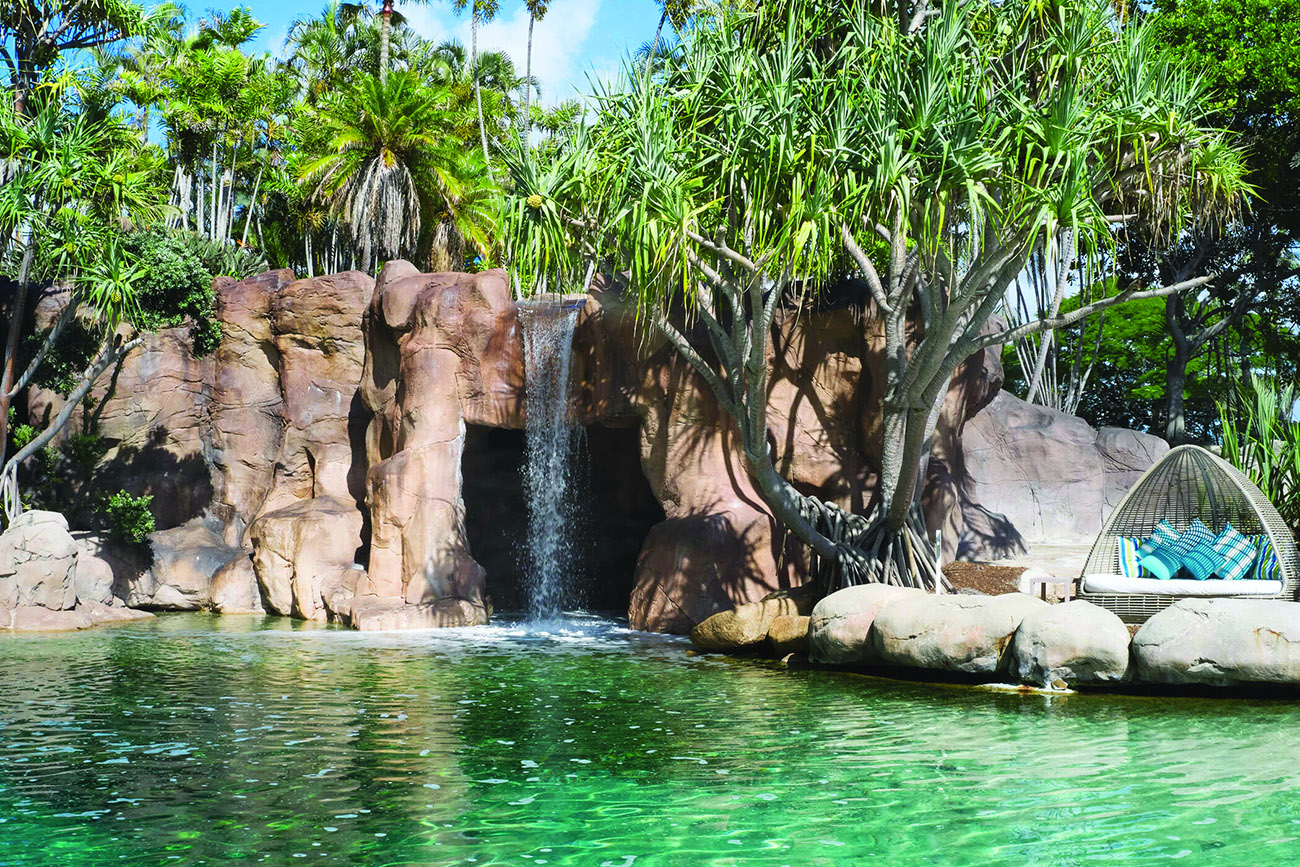
Surfers Paradise: Nature’s Bounty
The name Surfers Paradise conjures images of beachgoers riding the remarkable waves along Australia's Gold Coast. But it’s not all surfboards and sands. For lovers of the outdoors, Surfers Paradise also offers a multitude of body- and soul-enriching nature activities. Whether it's hiking and birdwatching in the lush hinterland rainforests, kayaking through hidden coves and…
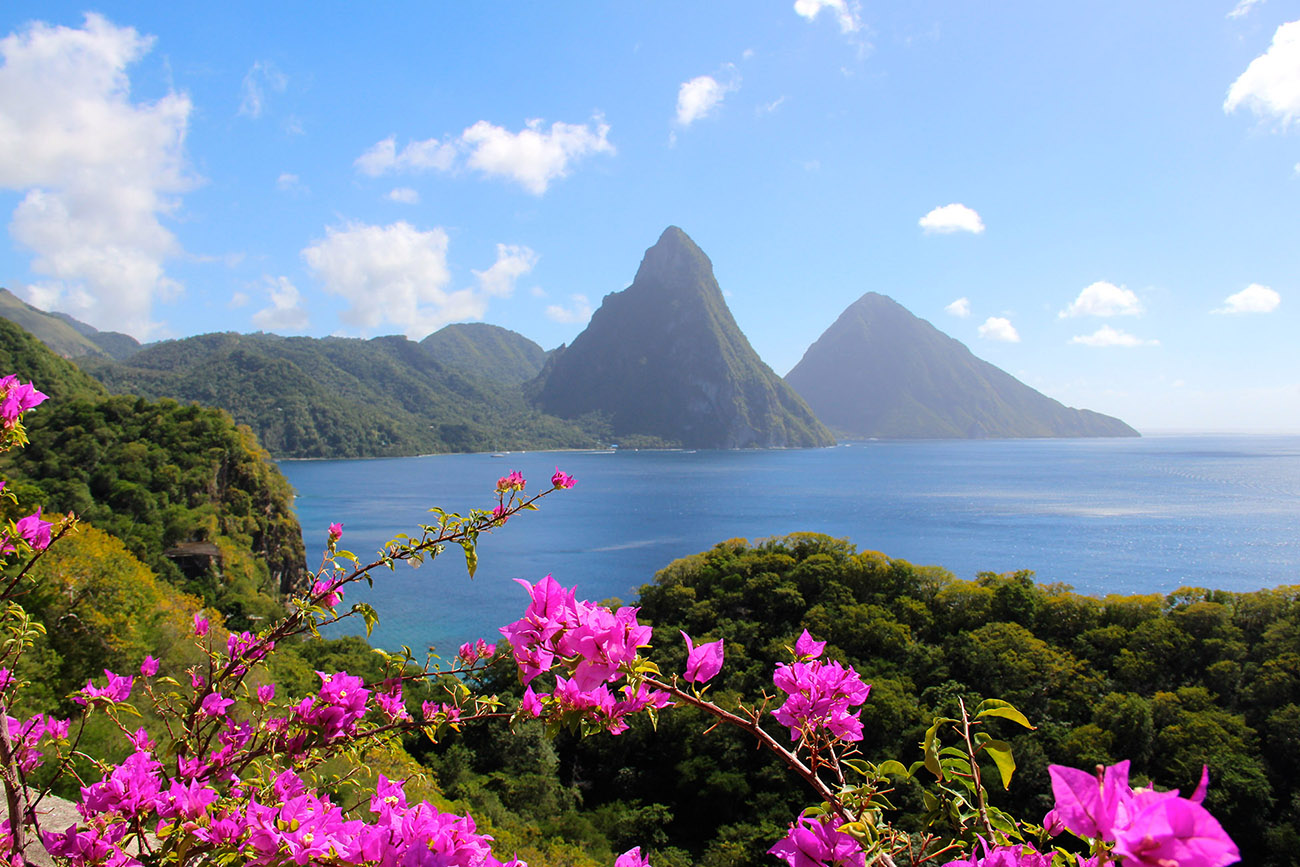
Cruising with Club Points Pointers
There’s no vacation quite like a cruise. From the practically all-you-can-eat food and all-you-can-do activities to the exotic locations and ocean views, a cruise isn’t just a vacation — it’s an experience. To find your next cruise adventure, head online to browse all the destinations and cruise ships available. Don’t miss your chance to use…
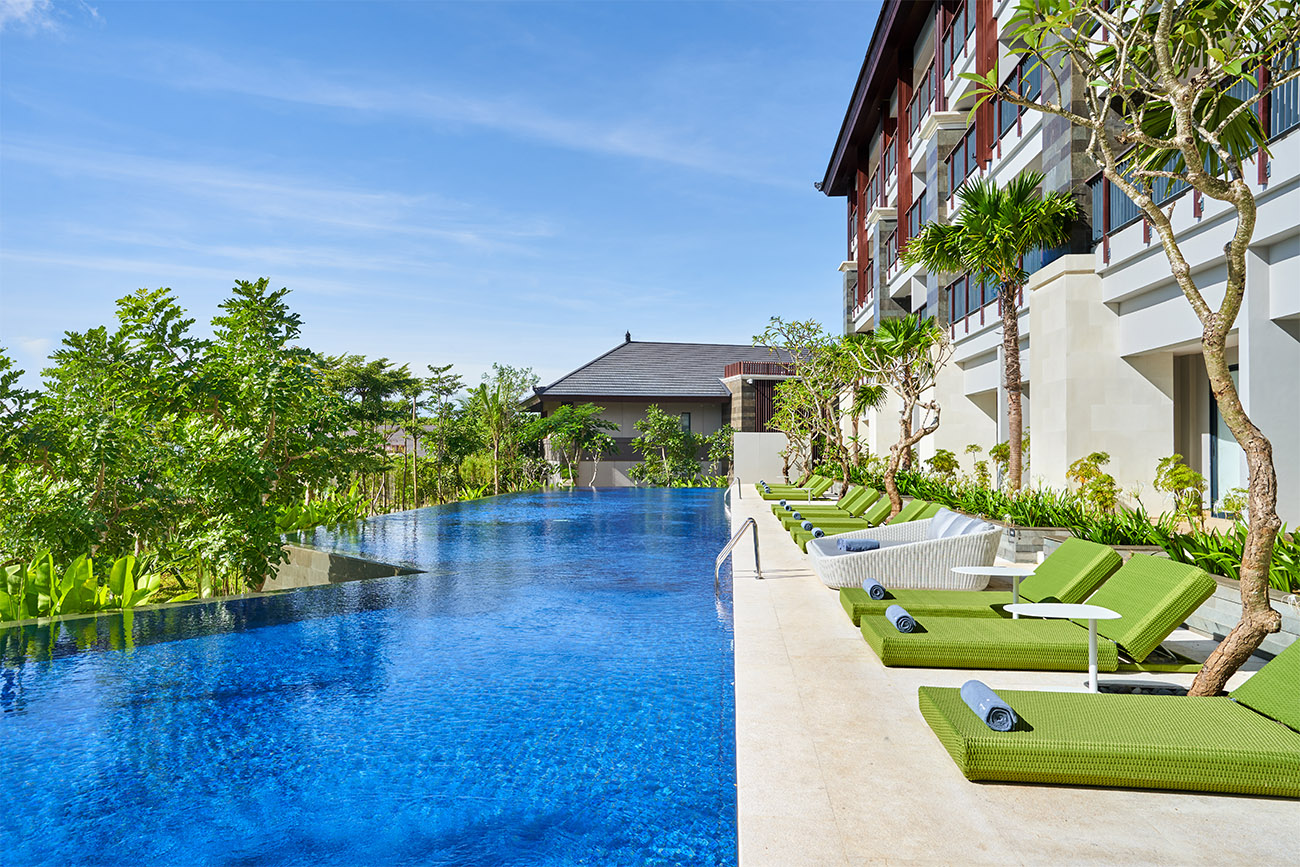
The Culture & Beauty of Bali’s Temples
Bali is known as the Island of the Gods, or the Island of 1000 Temples. A trip to one of Bali's ornate, carved Hindu temples provides more than just an Instagram post — it's a journey into local history and culture. Check out these six sites for a dose of vacation inspiration. Uluwatu Temple Perched…

Visit Our Brand New Marriott’s Bali Nusa Dua Terrace
New! Marriott’s Bali Nusa Dua Terrace Discover your dream Bali escape. Your ownership can take you to a rejuvenating tropical retreat at Marriott’s Bali Nusa Dua Terrace, a Marriott Vacation Club® resort in Indonesia. This Pacific oasis puts you in the middle of thriving marine biodiversity and spiritual escapes. Serenity awaits in your well-appointed apartment,…
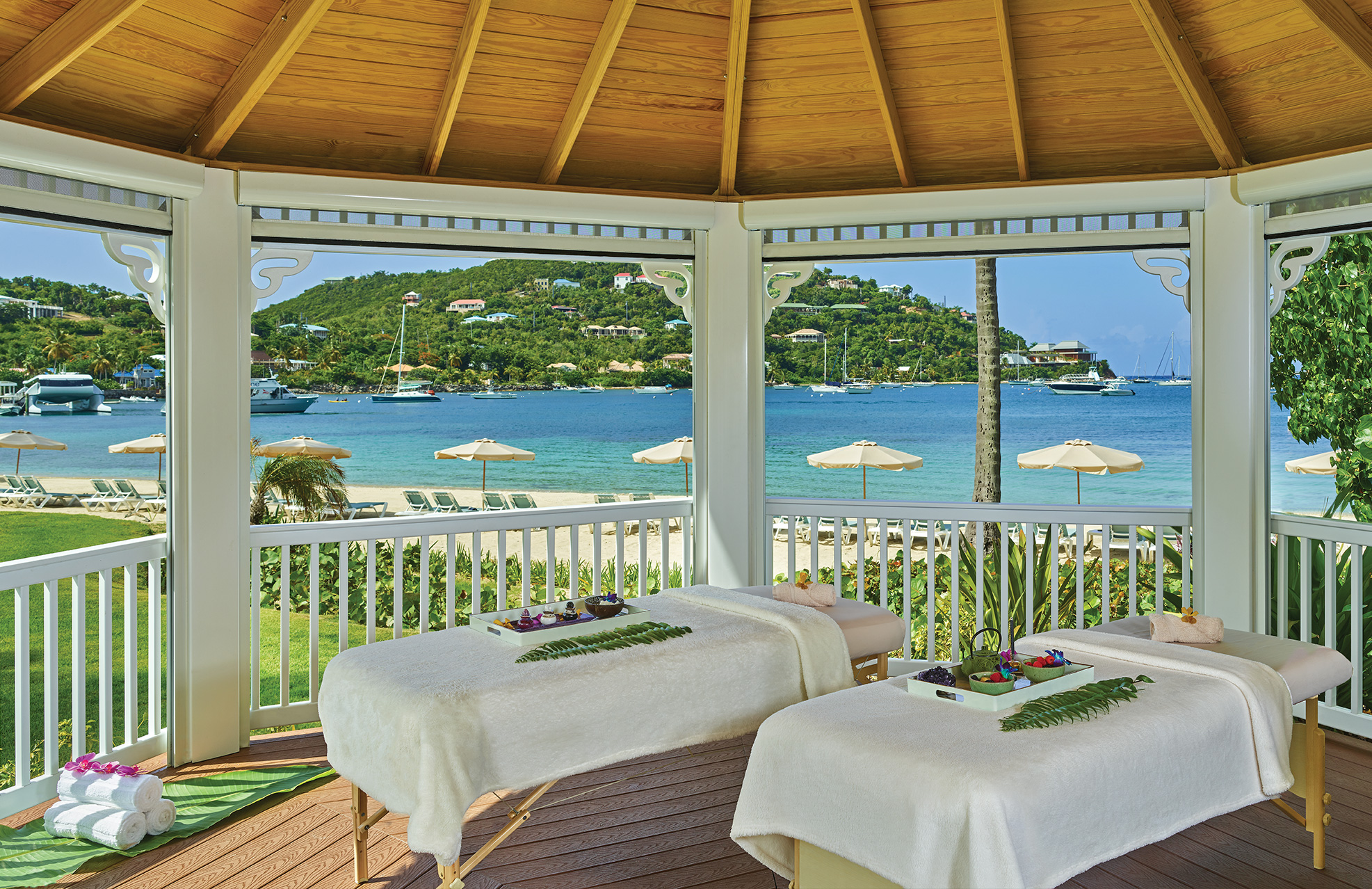
Ready, Set, Relax! The Ultimate Spa Vacations Around The World
The best spa resorts pamper you with beautiful surroundings so you can soak in the scenery while renewing body and mind. Throw in treatments that bathe all your senses in luxury, and you have the ultimate opportunity to recharge and reset. These five destinations, all available through Abound by Marriott Vacations™, are perfect for your…
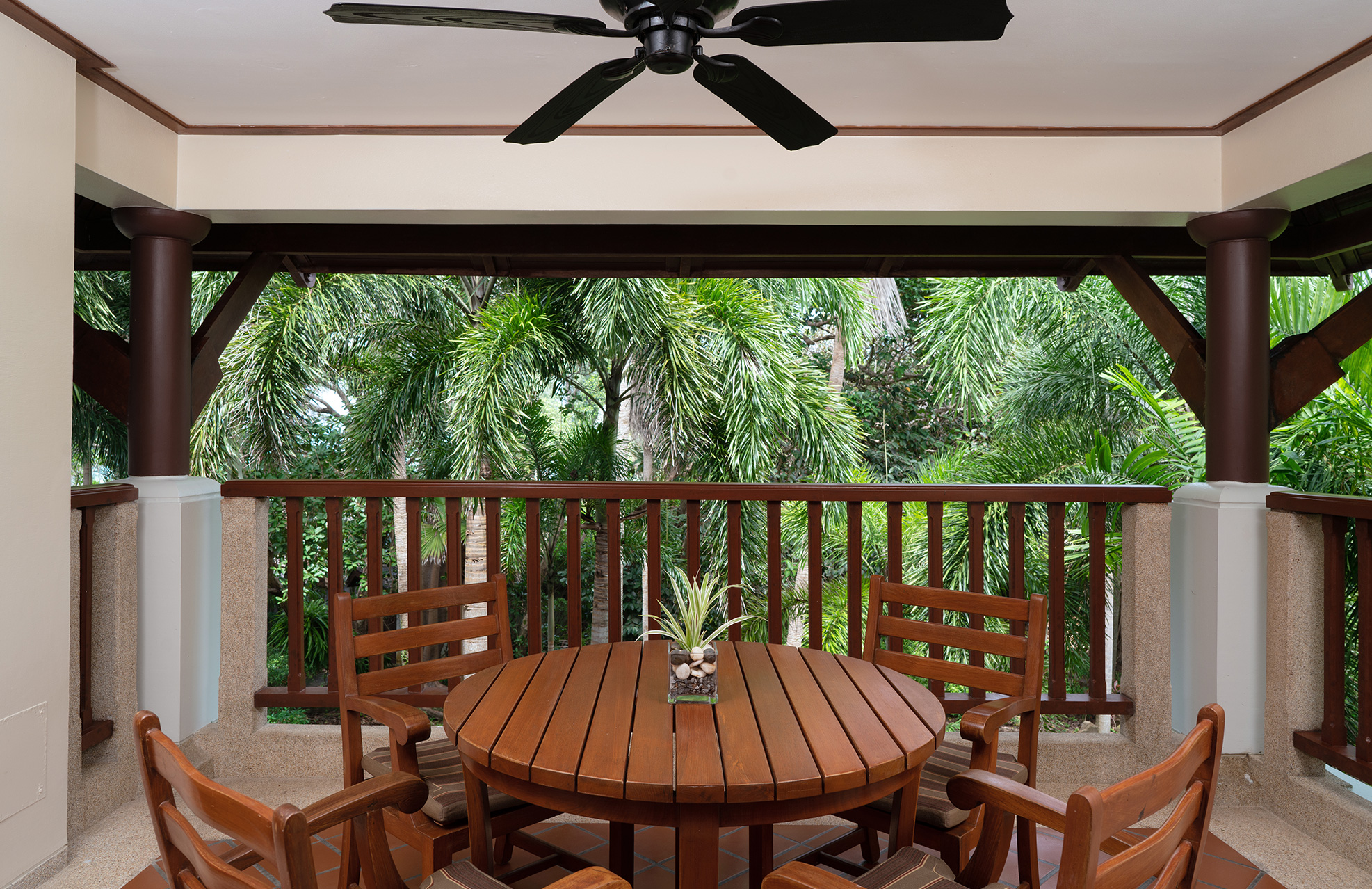
The Best Remote Work Destinations so You Can WFH Anywhere
Office With a View: Working Remotely Remote working doesn’t have to resort to hunching over a desk with a view of a cubicle wall. Instead, you can open your laptop by a window that overlooks the Manhattan skyline, crunch numbers between laps in an infinity pool by the ocean, or host a virtual meeting with…

See, Experience, Eat: Things to Do in Phuket
Phuket's idyllic beaches, unique food culture and the warmth of its people are just some of the things you'll discover when you visit Marriott's Mai Khao Beach – Phuket. This beachfront property serves as a base for all your explorations. Here are five reasons to plan the perfect Phuket vacation you've been dreaming about. 1….


